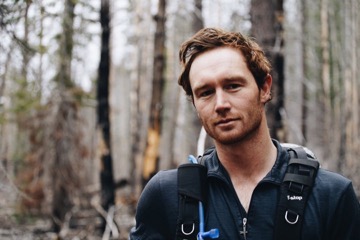So for a project I’m editing video for I have been given footage in a format I haven’t used before and didn’t shoot but with a bunch of googling I haven’t been able to find a workflow that works well for me but this is where I am at, so by no means is this perfect but it’s the current workflow I have which seems ridiculously long and slow with a bunch of processing time so I’m wondering if this is just a computer speed issue or Cinema DNG’s, the Odyssey or are just RAW videos a lot to work with due to these at least having 90Gb single shots.
Setup.
Camera – Sony FS700
Recorder – Convergent Design Odyssey 7Q
Recording formats – Cinema DNG 2k or 4k
Computer – iMac 27” 3.4GHz 24 GB Ram
Editing program – Premiere Pro CC
Workflow.
Finder
- Create a new project in finder
- go through all dumped cards to find CARD1 clips named _SSD1
- From a second finder window drag and drop all clips from CARD2 _SSD2 of the same number into the _SSD1 folder of the same number
Premiere Pro
- Import each individual DNG Sequence from media importer into Premiere Pro
- Drag and drop to create a new sequence
- Add an out point to the end of the video
- Export H.264 of each clip individually with the same name to a new folder called “Compressed DNGs”
- Import all of those H.264 clips in the folder
- Edit with compressed
- In final sequence find any DNG clips by reading timeline
- If they have been sped up nest the sequence and slow to 100%
- Open in source monitor
- Find frame numbers used, if needed change the view mode from time to frames at the bottom right of the source monitor
Finder
- Create folder called “TIFFs” in the project folder
- Find the frames used in source monitor by numbers and drag these to edit subfolder, all if enough of the clip is needed
Photoshop
- Open the finder window of the clip and select the necessary files
- Colour correct a DNG frame in camera RAW
- Copy setting and paste to all other frames
- Save to a new folder with the clip name in the “TIFFs” folder
Premiere
- Double click in blank space of project window to import each clip
- Select first .tiff making sure image sequence is ticked
- Replace compressed H.264 with .tiff clip
- Final colour correction with lumetri color inside of PP




